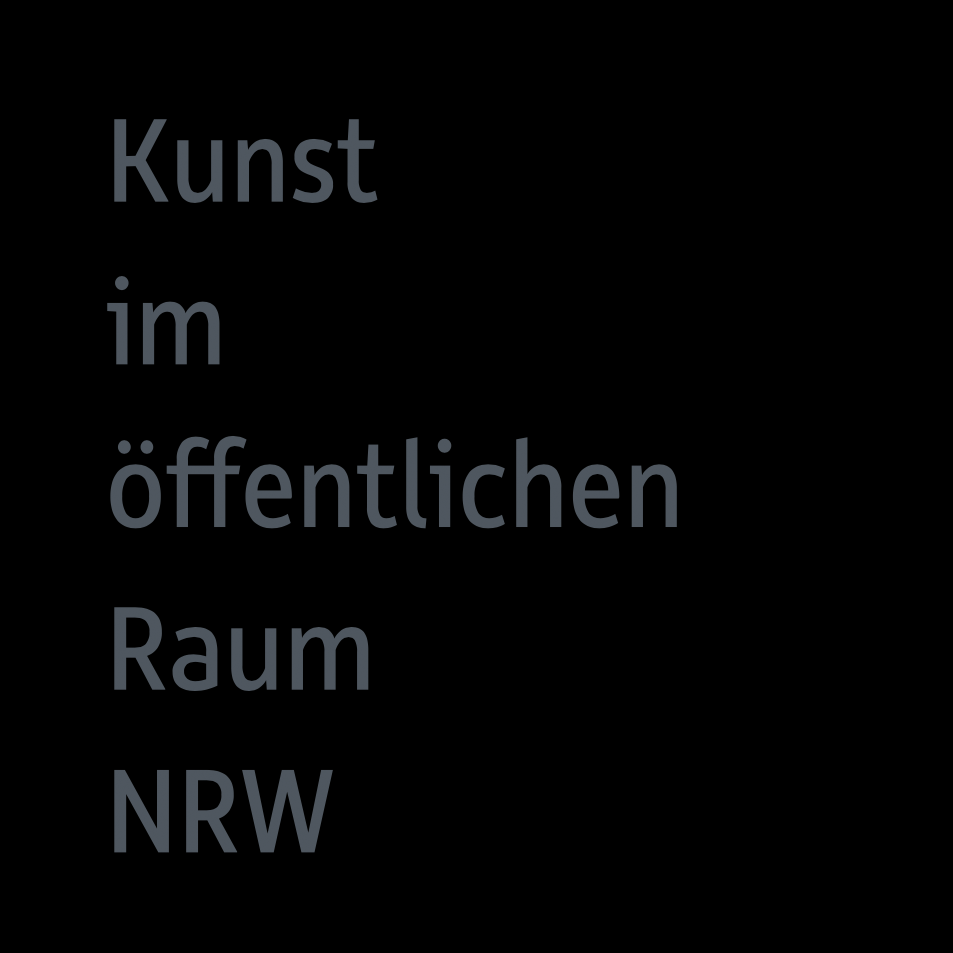Pantherkatze / Panther
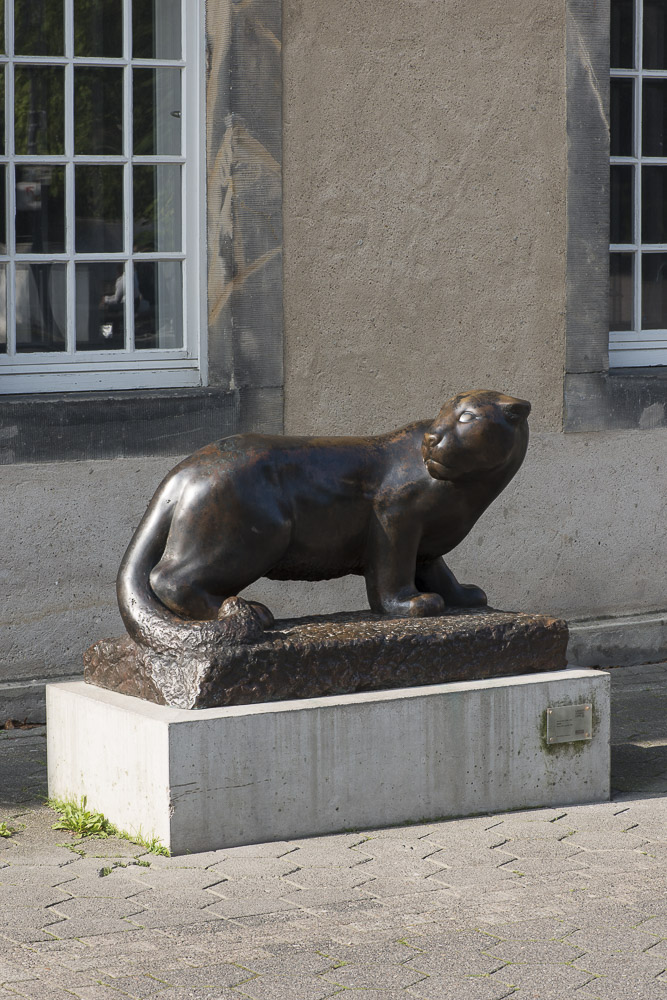

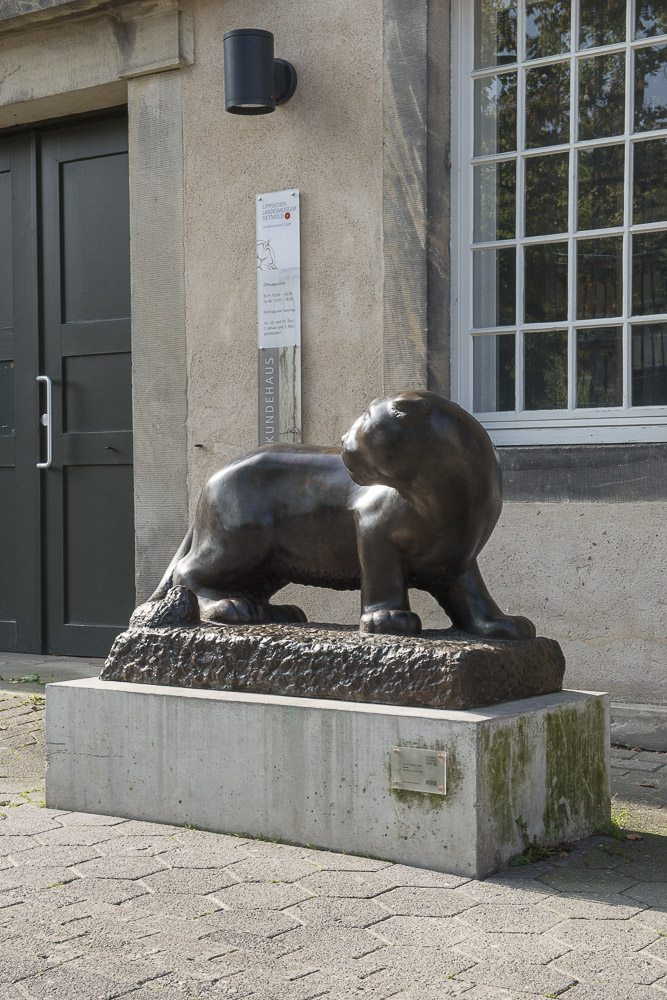
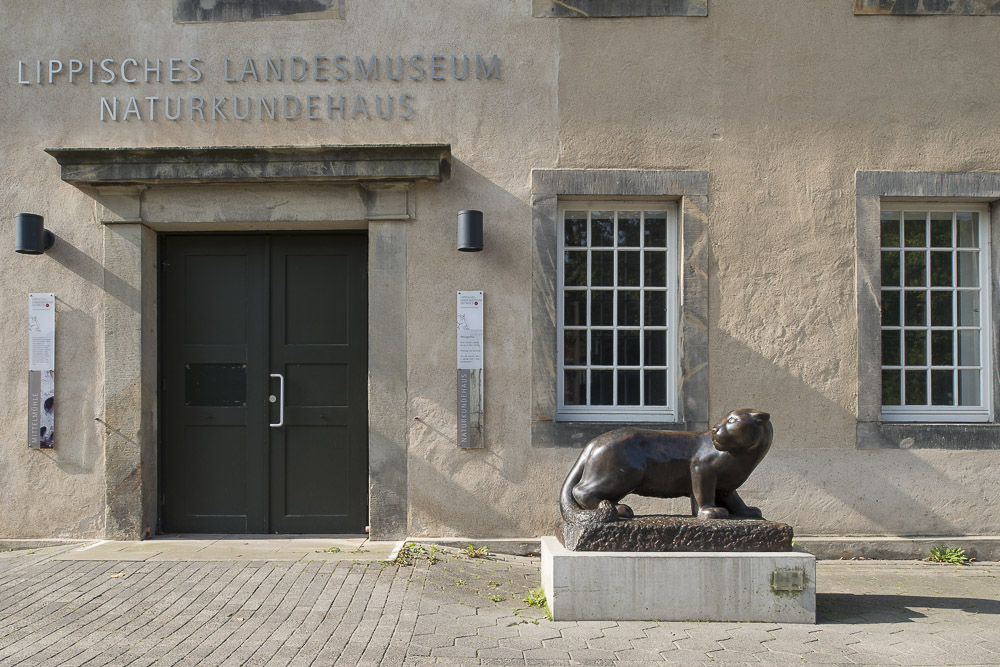
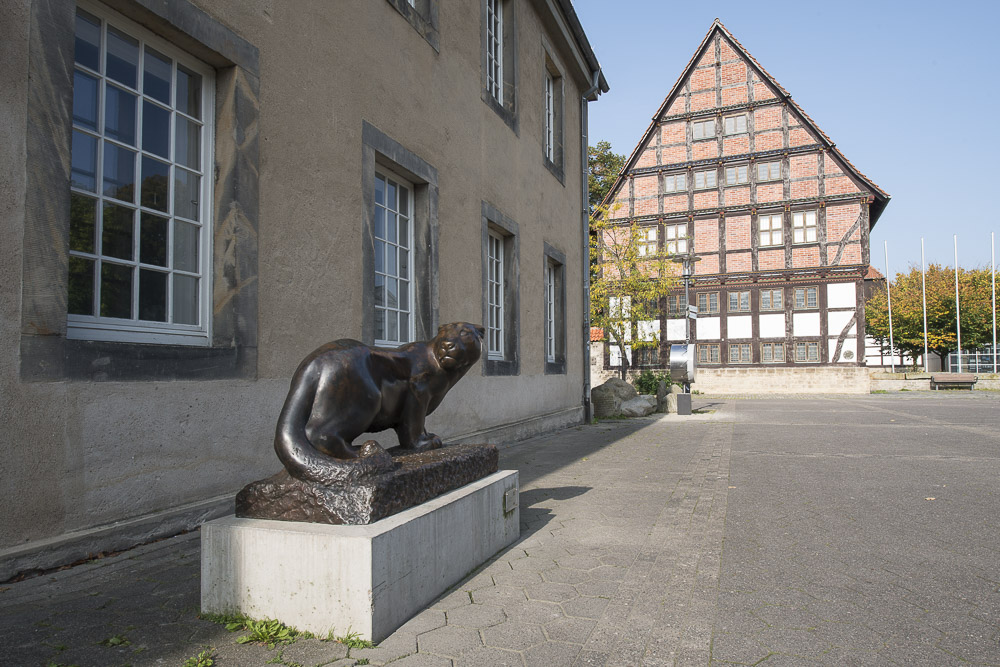

This animal sculpture represents a point in Heinrich Drake’s sculptural oeuvre when he was producing his most important works and had reached his greatest popularity. Using a clay model that was roughly fist-sized, the artist carved the panther freehand out of Belgian granite in 1953. In 1993, the year before his death, he had two castings of the stone sculpture produced.
Art historian Hans Liebau describes the figure as follows: “the large scale body of the Panther hovers just above the ground, supported by the powerful front paws and bent hind legs. The massive head turns back attentively. The jaw, the flat nose, the peering eyes, the flat folded ears, and the bony structure of the forehead and skull are all depicted concisely and with precision. The massive parts seem like variants of simple forms without detracting from the notion of organic life. The powerful, creeping, predatory gait is solidified in the monumental expression of the nature and character of a panther. This sculpture is one of the outstanding achievements of European animal sculpture from our century. (Hans Liebau: “Tierplastik im Schaffen Heinrich Drakes.” In: exhibition catalogue: Heinrich Drake: Retrospektive zum 90. Geburtstag, Lemgo 1993. pp. 30–35, here p. 34).”
By being installed in front of the natural history wing of the Lippisches Landesmuseum, the Panther references what awaits visitors inside of the building, thus creating a connection between the indoor and outdoor space.
The Panther forms an ensemble with two additional sculptures by Drake that can be found nearby – the Foal in front of the Kornhaus and the bust of former regional president Heinrich Drake in front of Haus Ameide.
Heinrich Drake
← Zur Startseite
Detmold, Lippisches Landesmuseum (in front of the Naturkundemuseum), Grabbestraße 4
